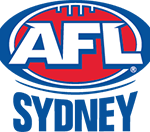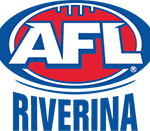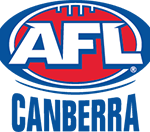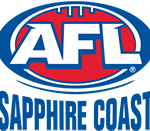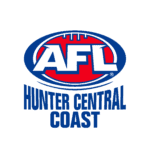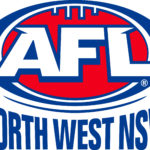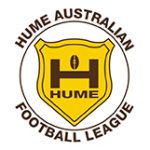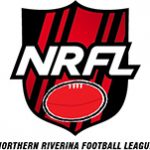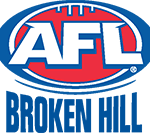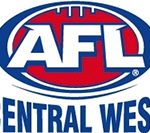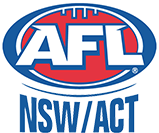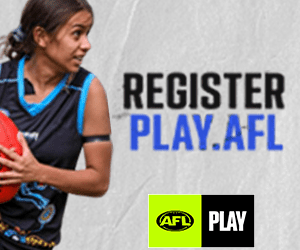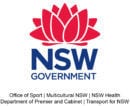‘Getting a kick out of football’, Sir Doug Nicholls

“I get a tremendous kick out of football because I know my people in New South Wales follow my doings closely by the wireless and in the newspapers. This always spurs me on, and gives me added confidence” – Sir Doug Nicholls quoted in the Sporting Globe (1 June 1935)
Sir Doug Nicholls was a highly distinguished Australian who did much to advance the cause and welfare of Aboriginal people and was knighted in 1972 for “distinguished service to the advancement of Aboriginal people”.
He was born and raised on the Cummeragunja aboriginal mission on the NSW side of the Murray River in the Barmah Forest, near Echuca.
He began working life as a tar boy on the sheep stations in Southern NSW. After moving to Melbourne to play football he became a council worker, boxer in Jimmy Sharman’s travelling boxing show, professional foot-runner, pastor, advocate for aboriginal advancement, and finally, Governor of South Australia (1976-77).
However, it was on the Cummeragunja mission oval that he learnt to play football.
Sir Doug played his early football with the Cummeragunja mission team in the Western and Moira Riding district league based around Nathalia that was the forerunner to today’s Picola Football League.
In 1925 he joined nearby Tongala then playing in the Goulburn Valley Football League.
Sir Doug went to Melbourne in 1927 to try out for VFL club Carlton and played some reserve grade games. He famously left Carlton after a trainer refused to rub him down after training because of his skin colour according to his biographer Mavis Thorpe Clark, who wrote Pastor Doug: An Aboriginal Leader (1965).
He subsequently joined Northcote in the Victorian Football Association (VFA). According to a profile in the AFL Record (27-29 May 2016), he starred in the 1929 win as well as the losing grand finals in 1930-31. He won the club’s best and fairest award in 1929-1930 and finished third in the Recorder Cup for the best and fairest in the VFA in 1930.
Sir Doug Nicholls was 5 ft 2 inches (158 cm) tall, but muscular and lightning fast. He was also a professional runner and won the Nyah and Warracknabeal Gifts in 1929
A further highlight of his VFA career was representing the Association in interstate matches in 1931 against NSW at the SCG and against the VFL at the MCG.
In a preview of the NSW v VFA match, The Sydney Morning Herald (15 August 1931) rated Nicholls as one of the main attractions, “He is a beautiful pass and high mark. Is very plucky, and revels in crushes, out of which he bounces like a rubber ball”. The VFA beat NSW, 16.11.107 to 13.17.95.
In 1932, Sir Doug joined Fitzroy in the VFL and played alongside triple Brownlow medallist Hadyn Bunton, who was also recruited from NSW, in his case, Albury. Bunton befriended Nicholls at Fitzroy and made him feel welcome, thus beginning a life-time friendship.
After Bunton was tragically killed in a road accident in 1955, Pastor Doug officiated at his memorial service in Adelaide.
Sir Doug played 54 games for Fitzroy in the period 1932-36. He finished third in the club best and fairest in 1934 behind Hadyn Bunton (Brownlow medallist 1931-32 & 1935) and Wilfred “Chicken” Smallhorn (who won the Brownlow medal in 1933).
In 1934 he became the first aboriginal player to represent the VFL when he played against the VFA. The following season he was selected for the tour to play against Western Australia and South Australia. He played in Victoria’s wins over WA but missed the match against the SANFL due to injury.
Sir Doug returned to Northcote in 1937 but ongoing knee injuries forced him to retire in 1939. But he did return for one more game for Cummeragunja in a charity match at Echuca in 1940.
He is on the list of the NSW Greatest-ever players named by AFL NSW/ACT and the NSW AFL History Society last year.
As the ultimate football tribute for Sir Doug Nicolls, the AFL’s Indigenous Round has been named in his honour.
